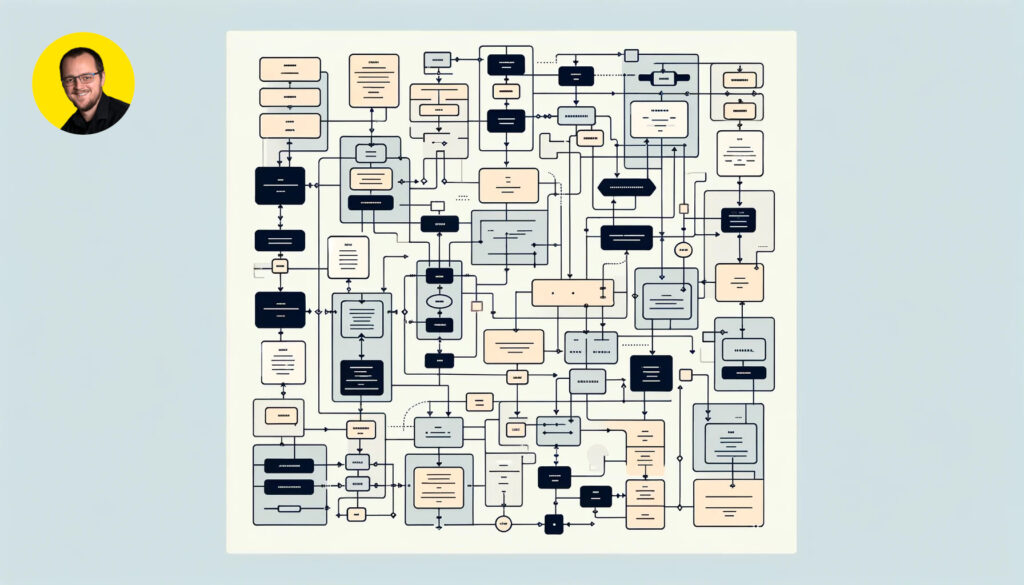
There is a concept called design patterns that exists in multiple industries. Generally speaking, a design pattern is a conceptual solution to a particular kind of problem that can be re-used across different projects. In the domain of software engineering, design patterns help developers write code to complete reoccurring tasks, such as creating new objects based on a set of inputs. In the domain of building architecture, design patterns help architects solve problems such as getting more natural light into a room or making a layout to increase the flow of foot-traffic.
I’ve recently become interested in considering this concept in the domain of logical reasoning to see what kind of patterns they would yield and the benefits they would provide. An example of such a pattern could be the common phrase “do as the locals do.” Let’s rephrase this in the form of a pattern that describes a problem and prescribes a solution:
- Context: You are in a place or situation that is unfamiliar to you but not to most of those around you.
- Problem: You need to complete a task but you don’t know how to proceed.
- Prescription: Observe someone else complete the same task and complete it yourself in the same way.
I relied on this heavily during the first few times I commuted to my job in Manhattan via train. I have one layover in Secaucus junction where the time difference between the first train’s arrival and the second train’s departure is very small, especially if the first train is delayed. I had never been to Secaucus junction prior to this, so I had no prior knowledge of where to go, what stairs to take, or which section to scan my ticket into once I proceeded. Fortunately, most others on that train knew exactly where to go, so I had the benefit of watching the emergence of a crowd of people heading in the same direction as they left the train, so I could simply follow them to find where to go.
Here is another example of a potential pattern drawn from one of my own experiences:
- Context: You are positioned in the middle of a repeating pattern, such as a seat in an airplane where all seats have the same setup.
- Problem: You can’t find something on your seat because it is out of view.
- Prescription: Look at the other seats around you to see if you can find it from a different angle. If you do, feel around in the corresponding place on your seat.
This is probably a bit too specific to be a good pattern as-is, but there is perhaps something that can be abstracted out of it to make it more useful. As I continue to explore the use of design patterns in the context of logic and reasoning, I’ll need to build up a sense of what constitutes a proper design pattern. I’m interested to see how far I can take this concept. What kind of patterns will emerge, and how useful and practical will they be? I suspect I will be able to create some interesting patterns and hope to make a book or other content, such as playing cards, from them.